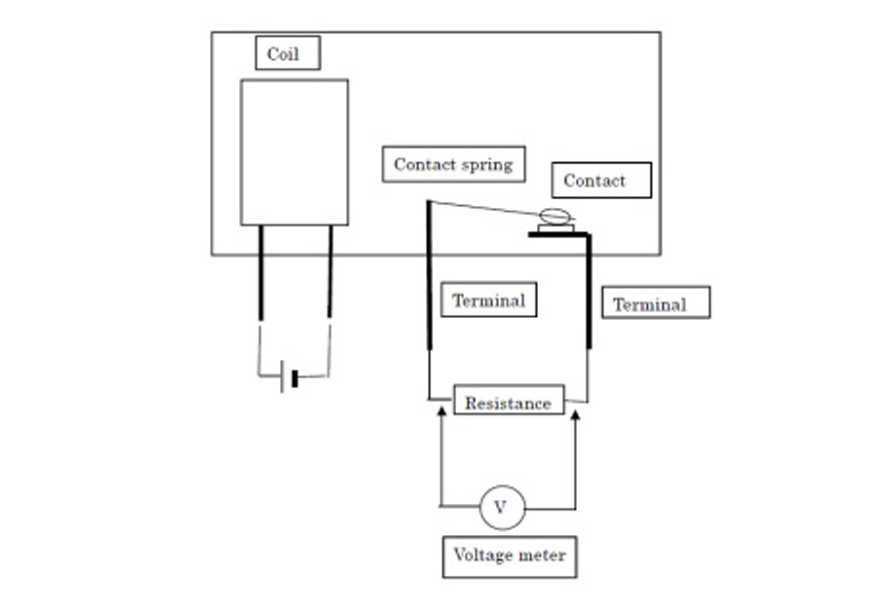
Thermal Electromotive Force (EMF)
Published on- Relays & Contactors
Over the years, test and measurement companies have sought for a feature in relays that provides an accurate reading at low current. This is important because at very low current, there is a tendency for inaccurate measurements to occur, thus causing false readings. This feature is referred to as Thermal Electromotive Force (EMF), and is found in a few Relays.
What Is Electromotive Force (EMF) And How Is It Generated In Electromechanical Relays?
Thermal Electromotive Force (EMF) is generated when the dissimilar metals that make up terminals, contact springs, and contacts touch. This electromotive force, measured in micro volts, could be very small or large, and can create undesirable noise during electrical measurements.
Why Is Low EMF Desirable For Test And Measurement?
Low ampere switching is used for test and instrumentation measurements so there is a greater tendency for stray voltages to introduce errors into the signal path during measurement. The need for a low thermal EMF is desirable because it reduces thermocoupling (a junction between two different metals that produces a voltage related to a temperature difference) and provides a true voltage measurement at very low signal levels. When the EMF is small, the generated noise allows users to obtain the most accurate values while taking their measurements.
How EMF Is Measured: Testing Circuit Example

Factors That Affect Relay EMF:
- Relay structure
- Materials used for the terminal, contact, and contact spring
- Temperature difference between the internal components (contact and contact spring) and the terminal
- Relay coil power consumption
How To Offset EMF:
- Reduction of coil power consumption
- Increasing the size of the Relay, thereby reducing the resistor of the spring and terminals
- Change in contact materials; Silver Paladium (AgPd) is an excellent material for contacts
Panasonic offers a variety of Signal Relays with low EMF for the test and measurement industry, such as the TX-S, TX and TX-D Series.









